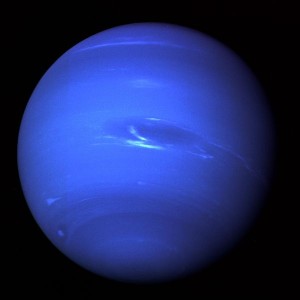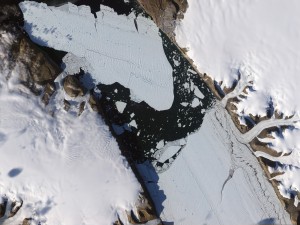
Just after midnight on September 23rd, 1846, Johann Gottfried Galle stood at the telescope in the Berlin Observatory, calling out coordinates one by one to his assistant, Heinrich Louis d’Arrest. Despite the lateness of the hour, and the apparent tediousness of the task, there was an uncharacteristic tension in Galle’s voice, a certain expectancy. D’arrest, in the dim candlelight, dutifully checked off each entry on a map of the heavens. “Right ascension: 21 hours, 53 minutes, 16 seconds,” called out Galle. “Declination: negative 13 degrees, 24 minutes, 15 seconds. Magnitude 7.8.” There was a pregnant pause. “Sir,” came the reply, “that star is not on the chart.” The tiny speck of light would turn out to be the last undiscovered planet in the solar system.
Today (July 12, 2011) Neptune will finally celebrate its first anniversary, as it returns to the exact point in its orbit where Galle and D’arrest spotted it all those years ago. Continue reading

